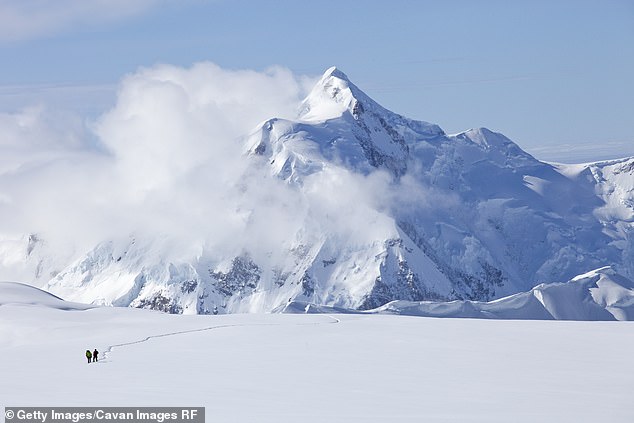America’s deadliest mountains for hikers, climbers and skiers have been revealed, and the country’s highest peak tops the list.
Volatile weather conditions, unstable terrain and high altitudes make the peaks dangerous and unpredictable, regardless of how well prepared visitors are.
The most dangerous is Denali in Alaska, with 96 deaths and 341 accidents since 1947, according to Dr. Emma DeLoughery’s new study for High Altitude Medicine and Biology.
In second place is Mount Rainier in Washington with 87 deaths and 167 accidents, followed by Mount Hood in Oregon with 47 deaths and 93 accidents.
Across the mountains, most people died after falling while hiking, but some died from rock falls or avalanches.
The most dangerous is Denali in Alaska with 96 fatalities and 341 accidents since 1947.
DeLoughery’s study collected and analyzed the number of incidents at each peak between 1947 and 2022, looking for seasonal and demographic trends.
They discovered that the most dangerous mountain in the United States was Denali, which at more than 20,000 feet is the highest peak in North America.
Accidents included falls, frostbite, injuries resulting from avalanches, slipping on crevasses, and altitude sickness.
DeLoughery told the Boston Globe, “Anyone can have accidents at any time.”
He said what surprised him most was how well prepared many of the victims were.
“We didn’t collect specific data on this topic, but after reading literally thousands of these reports, I was very surprised how often people involved in accidents were described as experienced, knowledgeable and very well prepared.”
The majority of the victims, 82 percent, were men and most were young.
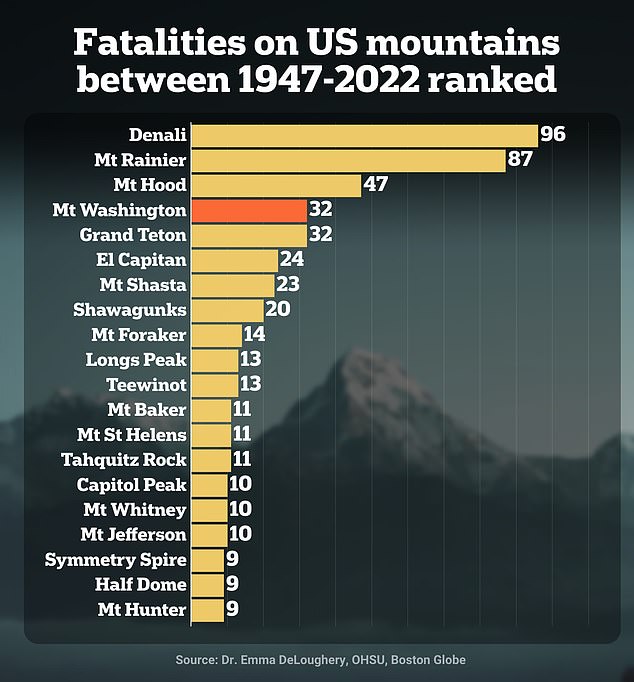
Last month, a climber died in Denali National Park and his partner was seriously injured after falling nearly 1,000 feet from the summit of Mount Johnson.
The two-person team had been climbing the 8,400-foot peak in Denali National Park.
Both individuals had been tied up and were ascending a route on the peak known as “the Escalator,” a steep, technical climb on the southeast face of the mountain.
Another group of climbers witnessed the fall and alerted the Alaska Regional Communications Center shortly before 11 p.m.
The group of climbers who saw the fall descended to reach the two climbers, confirming that one of them had died.
Located just 6,288 feet above sea level, Mount Washington in New Hampshire had the fourth highest number of deaths.
The extreme cold and wind make the climb dangerous even for experienced climbers.
“Winter conditions exist on Mount Washington until early summer,” said Lt. Robert Mancini Jr. of the New Hampshire Game and Fish Department. Boston Globe.
Almost every season, the summit experiences about 280 inches of snow, and windblown snow accumulates to depths of 10 to 40 feet in east-facing gullies.
The summit has recorded temperatures as low as -50°F (-46°C) and an estimated wind chill of -102°F was recorded in January 2004.
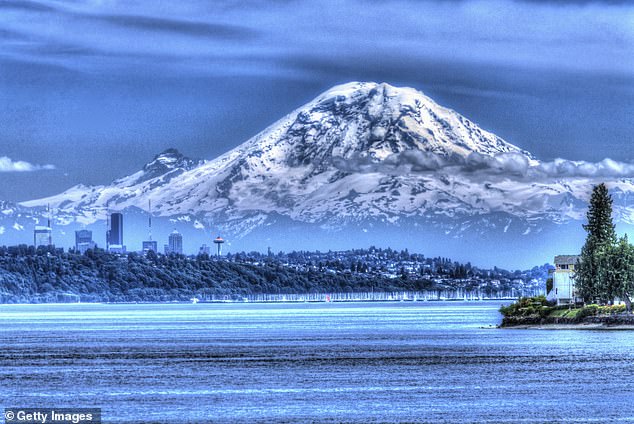
Mount Rainier in Washington was the second deadliest mountain with 87 deaths and 167 accidents.
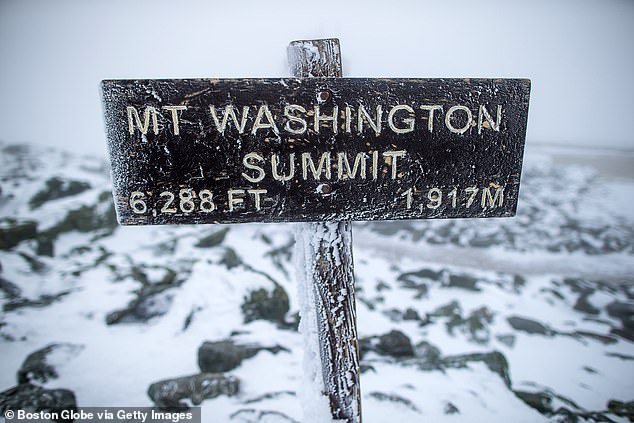
According to the data, Mount Washington is tied for the fourth deadliest peak and eighth in injury accidents compared to other American peaks.
In March 2024, 20-year-old Madison Saltsburg died after falling about 600 feet down Tuckerman Ravine in New Hampshire Mountain.
Two other skiers suffered serious injuries after falling and hitting rocks and ice. And other falls were witnessed throughout the day that did not result in serious injuries, according to the U.S. Forest Service.
The day of the accidents sparked search efforts that continued for hours in the dark as crews worked to rescue injured skiers and remove Saltsburg’s body from the mountain.
Heavy, wet snow began falling the night before and winds began to increase, forcing rescuers to continue fighting despite worsening conditions.
—Snow guards and emergency personnel were there last night. “They’re exhausted,” said Colleen Mainville, spokeswoman for the U.S. Forest Service.
Tuckerman Ravine is particularly popular in the spring, when the sun begins to soften the snow.
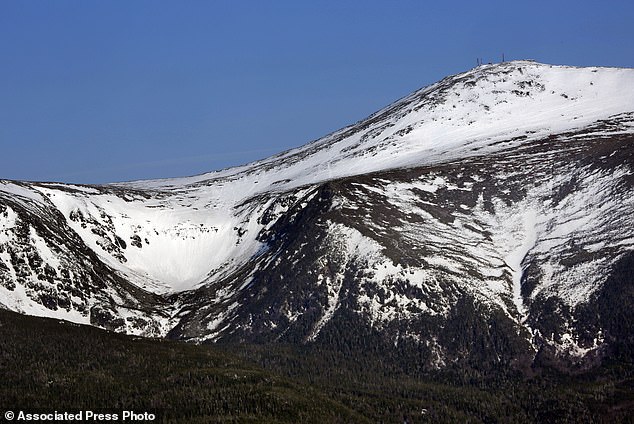
FILE – Tuckerman Ravine is seen at left, about a mile below the summit of 6,288-foot Mount Washington in New Hampshire.
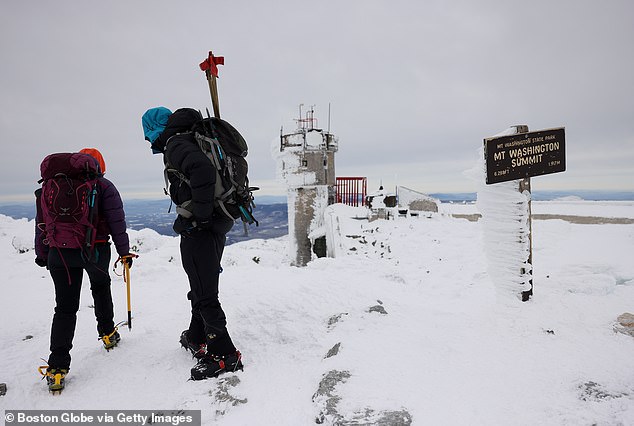
Some days, hundreds of skiers and snowboarders make the three-mile hike to the ravine, creating a festive atmosphere. From there, it may take another hour to kick up the wall steps to reach the top.
Some days, hundreds of skiers and snowboarders make the three-mile hike to the ravine, creating a festive atmosphere. From there, it may take another hour kicking steps into the wall to reach the top.
But hazards, including open crevasses, avalanches and rocks, have led to several deaths over the years.
The Forest Service said Saltsburg and his ski partner encountered hard, icy snow surfaces due to low temperatures and lack of recent snowfall.
There were also gaping cracks in the mountain, the service said, and conditions were unforgiving.
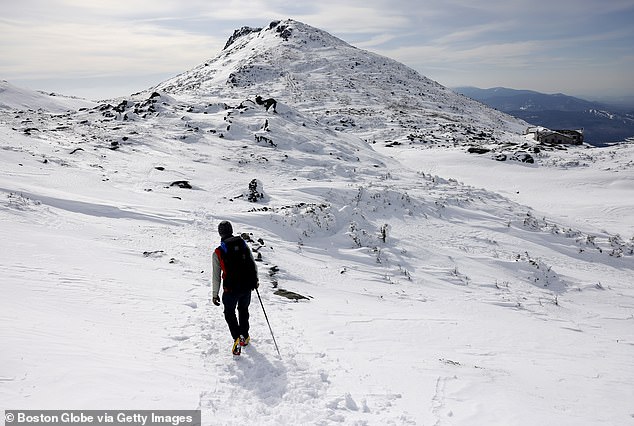
Despite the weather and high risk, Mount Washington is known to attract thousands of adventurers each year for hiking, ski touring, and ice climbing.
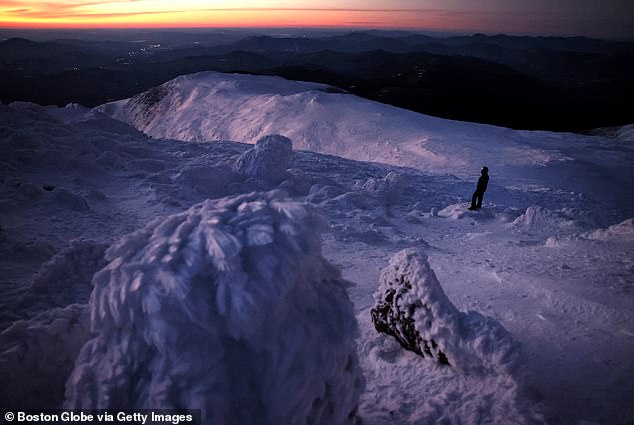
Hikers are advised to check real-time observations from the staffed observatory at the summit, as well as the daily avalanche forecast posted by Forest Service snowguards.
Forest Service rangers and a team from the Mount Washington Avalanche Center also responded to two other skiers who suffered serious, non-life-threatening injuries, Mainville said.
But despite the weather and high risk, Mount Washington is known to attract thousands of adventurers each year for hiking, ski mountaineering, and ice climbing.
Those seeking summit access are advised to check real-time observations from the staffed observatory on the summit, as well as the daily avalanche forecast posted by Forest Service snowguards.
Hikers are also encouraged to contact cabin caretakers at the Appalachian Mountain Club and the Harvard Mountaineering Club.
Many new hikers are also suggested to climb with experienced mentors, join groups, or hire professional guides in the area to avoid accidents.

